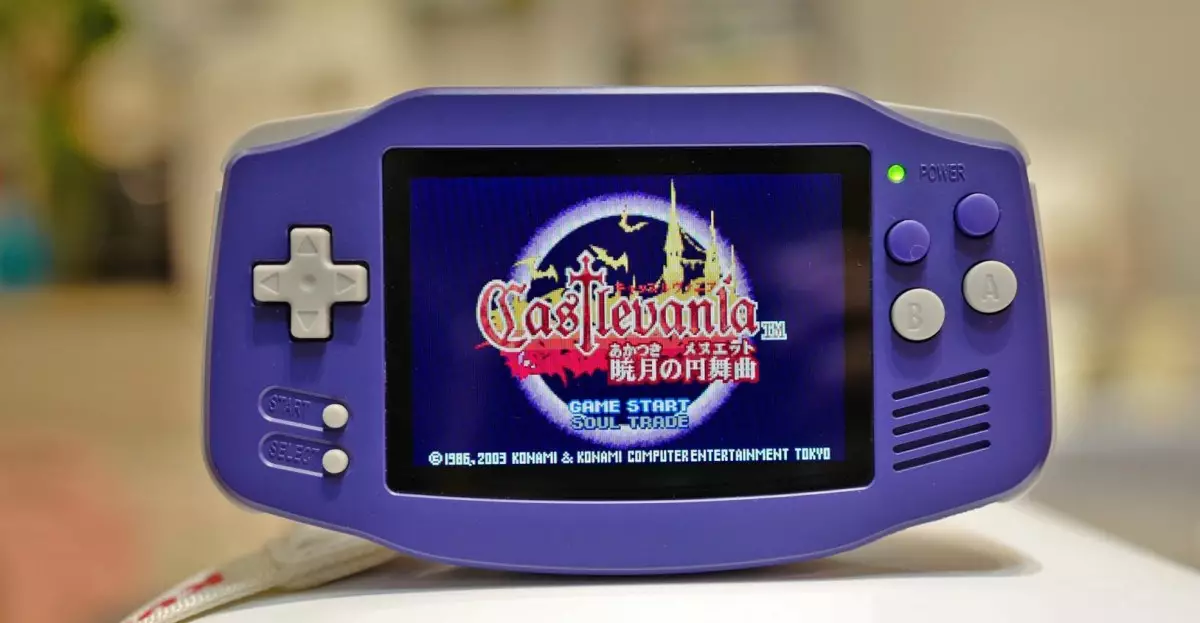In recent years, the resurgence of retro gaming has opened a new avenue for enthusiasts eager to relive their childhood memories. Among the most significant players in this niche market is Anbernic, a Chinese company that has successfully tapped into the nostalgia by manufacturing affordable handheld consoles that emulate classic systems like the Nintendo Game Boy. Priced typically around $70, these devices have become a beloved choice for collectors and casual players alike. However, impending U.S. tariffs threaten not only the availability of these products but also Anbernic’s very business model, potentially ushering in a new era of increased prices and limited options.
The Impact of Tariffs on Consumer Choices
At the forefront of this upheaval is the fear of up to a 245 percent tariff on specific Chinese goods, which has prompted Anbernic to suspend shipments to the United States indefinitely. Citing “changes in U.S. tariff policies,” the company strongly advises customers to prioritize products shipped from their U.S. warehouse, already a long-standing option. This crucial move highlights a broader adaptation strategy for foreign companies facing uncertainty in international trade regulations.
Unfortunately, this shift is not merely a practical response but a presage of a landscape where consumer choices could dwindle. If the tariffs come into effect as threatened, it raises questions about the sustainability of affordable gaming in America. The de minimis exemption, which has permitted low-cost imports without penalty previously, is also being scrutinized. Anbernic, and potentially other manufacturers, could find themselves squeezed out of an increasingly competitive market where financial viability is jeopardized by external forces.
Consumer Experience and Adaptation
Anbernic has built a reputation on delivering satisfying and well-crafted gaming experiences that resonate with users. Their decision to redirect customers towards U.S. shipments showcases an understanding of current consumer habits and the need for safe purchasing options in an ever-changing environment. Yet, this unease among buyers may also foster a significant shift in how future generations approach gaming hardware. As prices rise and import barriers become more pronounced, retro gaming could increasingly become the realm of niche collectors rather than casual gamers looking for affordable ways to enjoy classic titles.
The company’s approach to drop-shipping from China initially allowed for direct-to-consumer sales that minimized overhead. By warehousing some units domestically, they created efficiencies that many competitors lacked, offering quicker shipping times and lower per-unit costs. However, as this strategy is hijacked by tariff threats, Anbernic’s likely transition to prioritizing domestic stock could result in longer wait times and inflated prices—factors that might alienate their core user base.
A Reflection on Responsibility and Trade Policy
This evolving scenario unveils the complexities of global trade and the responsibilities that come with it. It calls into question the increasing interdependence of economies and the ripple effects of one nation’s policy decisions on another’s burgeoning enterprises. Players like Anbernic are emblematic of how small and mid-sized businesses can grow in a globalized economy, only to be confronted by regulations that could stall their progress or push them toward markets that prioritize larger corporations.
Moreover, this tariff situation raises broader implications about the environment for innovation within the gaming industry. New entrants often rely on affordable manufacturing from overseas to bring fresh ideas to life. If tariffs deter these creators from pursuing their ambitions, they may think twice before entering an industry rife with competition and obstacles, stifling innovation and growth in the process.
The Road Ahead for Gaming Enthusiasts
As the gaming landscape evolves due to potential tariffs, enthusiasts need to adapt. Supporting U.S.-based retailers or exploring alternative brands may become vital strategies for maintaining access to affordable gaming options. Furthermore, consumers should become more engaged in discussions surrounding trade policies and their direct impacts on industries they cherish. The situation presents an opportunity for gamers to unite under a shared interest, advocating for open, fair trade practices that bolster rather than hinder access to entertainment and nostalgic recesses of their childhood.
In a world where every decision carries weight, it’s essential for both consumers and creators to navigate these turbulent waters, ensuring that the joy of gaming continues to thrive amidst challenges.


Leave a Reply